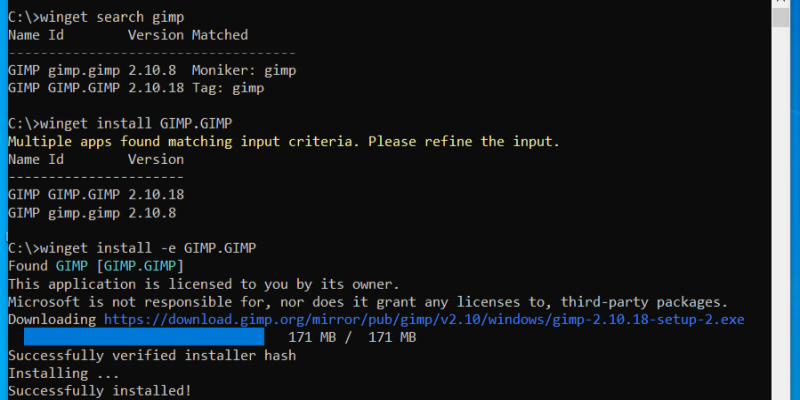


keyvault.json) and a Template parameters (e.g. If you’re new to Azure infrastructure projects, its good to know that each template contains a Deployment template (e.g. You can then copy this script to the project and delete the Azure Resource Group project again.Īt this point, choosing “Deploy/New.” on the Infrastructure project should work now and open the “Deploy to Resource Group” dialog. Since this script is ususally the same for infrastructure deployment projects, the easiest way is to temporarily add a new Azure Resource Group project to the solution (the Blank template is enough) to which Visual Studio will add a new Deploy-AzureResourceGroup.ps1 script. To be able to deploy any of the Templates in the project, there should be a Deploy-AzureResourceGroup.ps1 script in the project’s root, but which was (in my version of the repo) not present (when right-clicking this project and choosing “Deploy/New.”, it will complain about “PowerShell deployment script is missing in project.”).Since all the packages used are also available from, I removed the and elements from this file to use the default feed again:Ģ. The src\nfig resets the package source to a source which I couldn’t access.



 0 kommentar(er)
0 kommentar(er)
